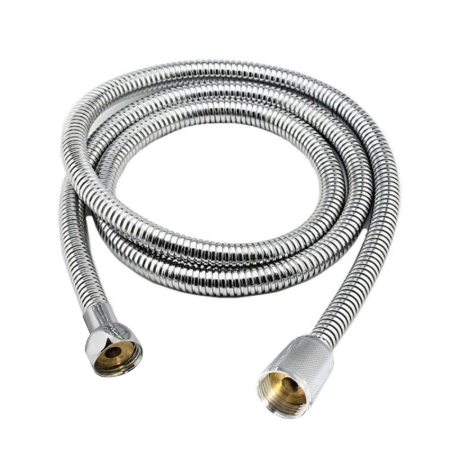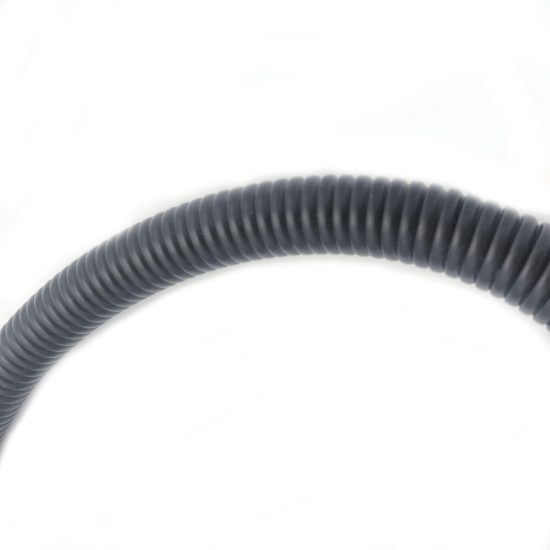In the automotive industry, hoses are critical components used in various systems, including coolant systems, fuel lines, air intake systems, power steering, brake systems, and more. Innovations in hose technology within this sector have focused on improving durability, efficiency, performance, and environmental sustainability. Some notable hose innovations in the automotive industry include:
- Material Innovations: Advances in materials have led to the development of more durable and high-performance hoses. For instance, the use of synthetic rubber compounds and reinforced materials, such as aramid fibers or braided steel, improves resistance to heat, pressure, abrasion, and various automotive fluids.
- Modular Hose Designs: Modular hose systems with quick-connect fittings simplify assembly, maintenance, and repair processes in vehicles. This design approach allows for easier replacement of damaged hoses, reducing downtime and repair costs.
- Advanced Manufacturing Techniques: Innovations in manufacturing processes, such as extrusion and molding technologies, enable the production of hoses with precise dimensions, complex shapes, and customized features. This enhances the compatibility and efficiency of hoses in different automotive systems.
- Heat and Chemical Resistance: Hoses are engineered to withstand extreme temperatures and exposure to various automotive fluids like coolant, oil, and fuel. Improved resistance to chemicals and heat helps prevent degradation, ensuring longer-lasting and reliable performance.
- Environmental Sustainability: There’s a growing focus on creating eco-friendly hoses by using recyclable materials and reducing the environmental impact of production processes. Manufacturers are also exploring bio-based materials as alternatives to traditional petroleum-based compounds.
- Incorporation of Sensor Technology: Some hoses are integrated with sensors to monitor factors like fluid flow, temperature, pressure, and emissions. These sensors provide valuable data to the vehicle’s systems, enabling better diagnostics, performance optimization, and early detection of issues.
- Adaptation for Electric Vehicles (EVs): As electric vehicles become more prevalent, there’s a shift in hose technology to accommodate the specific needs of EVs, such as cooling systems for batteries and electric motors. Innovative hose designs focus on efficient heat dissipation and circulation for optimal performance and longevity of EV components.
- Vibration and Noise Reduction: Hoses designed with improved damping properties help reduce vibrations and noise levels, enhancing overall driving comfort and reducing wear on connected components.
These hose innovations in the automotive industry contribute to building more reliable, efficient, and environmentally sustainable vehicles. By continuously improving hose materials, designs, and functionalities, manufacturers aim to meet the evolving demands of modern vehicles while ensuring safety, performance, and longevity.



